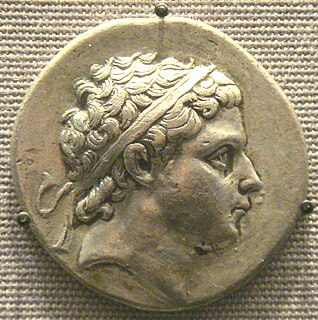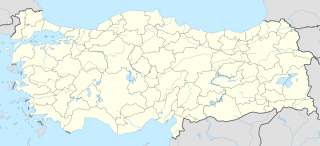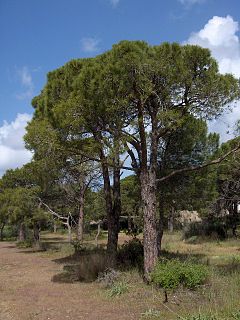See also
| | This disambiguation page lists articles associated with the title Linos. If an internal link led you here, you may wish to change the link to point directly to the intended article. |
Linos is the name shared by various characters in Greek mythology.
Linos may also refer to:
| | This disambiguation page lists articles associated with the title Linos. If an internal link led you here, you may wish to change the link to point directly to the intended article. |
Linus may refer to:

Mysia was a region in the northwest of ancient Asia Minor. It was located on the south coast of the Sea of Marmara. It was bounded by Bithynia on the east, Phrygia on the southeast, Lydia on the south, Aeolis on the southwest, Troad on the west and by the Propontis on the north. In ancient times it was inhabited by the Mysians, Phrygians, Aeolian Greeks and other groups.
Apollonia or Apolonia may refer to :

Prusias I Cholus was a king of Bithynia, the son of Ziaelas of Bithynia.
Place may refer to:

Catalino Ortiz Brocka was a Filipino film director. He is widely regarded as one of the most influential and significant Filipino filmmakers in the history of Philippine cinema. He co-founded the organization Concerned Artists of the Philippines (CAP), dedicated to helping artists address issues confronting the country, and the Free the Artist Movement. He was a member of the Coalition for the Restoration of Democracy.

Cius, later renamed Prusias on the Sea after king Prusias I of Bithynia, was an ancient Greek city bordering the Propontis, in Bithynia and in Mysia, and had a long history, being mentioned by Herodotus, Xenophon, Aristotle, Strabo and Apollonius Rhodius.
Carine may refer to:
Lino may refer to:
Callipolis is the Latinized form of Kallipolis (Καλλίπολις), which is Greek for "beautiful city", from κάλλος kallos (beauty) and πόλις polis (city). It was the name of several ancient cities, notably:
Sebastopolis may refer to:
Atia or ATIA may refer to:

Apollonia was a town of ancient Mysia, Anatolia, situated on an eminence east of Pergamum, on the way to Sardis. It seems to have been near the borders of Mysia and Lydia.
Mysia may refer to:
Gambrium or Gambrion, also Gambreium or Gambreion (Γάμβρειον), was a town of ancient Aeolis and of Mysia, quite close to Pergamum. Its location is near Kınık and Bergama in İzmir province, in the Aegean Region of Turkey.

Perperene or Perperena was a city of ancient Mysia on the south-east of Adramyttium, in the neighbourhood of which there were copper mines and good vineyards. It was said by some to be the place in which Thucydides had died. Stephanus of Byzantium calls the town Parparum or Parparon (Παρπάρων), but he writes that some called the place Perine. Ptolemy calls it Perpere or Permere. According to the Suda, Hellanicus of Lesbos, a 5th-century BC Greek logographer, died at Perperene at age 85. At a later date it was given the name Theodosiopolis or Theodosioupolis (Θεοδοσιούπολις).

Orontes I or Yervand I was an Bactrian nobleman, who ruled as satrap of the Achaemenid satrapy of Armenia from 401 to 344 BC. He is regarded as the ancestor of the Orontid dynasty.
White Bridge or Bridge of Love, is a bridge in Vranje, Serbia.
Attea was a coastal town of ancient Mysia or of Aeolis. If we follow the order of Strabo's enumeration, it lay between Heracleia and Atarneus. It has been conjectured that it is the same place which is named Attalia in the Peutinger Table. Pliny the Elder mentions an Attalia in Mysia, but he places it in the interior; and he also mentions the Attalenses as belonging to the conventus of Pergamum. It seems, then, there is some confusion in the authorities about this Attalia; and the Lydian Attalia of Stephanus of Byzantium and this Attalia of Pliny may be the same place. Also, attempts to equate the town with Attaea, a later bishopric near Ephesus, have likewise proved unsatisfactory.
Linus or Linos (Λῖνος), also Linum or Linon (Λίνον), was a town on the coast of ancient Mysia, on the Propontis, between Priapus and Parium; it is noticed by Strabo as the spot where the best snails were found.